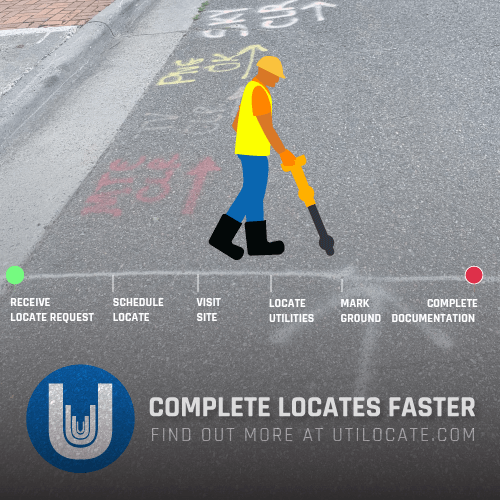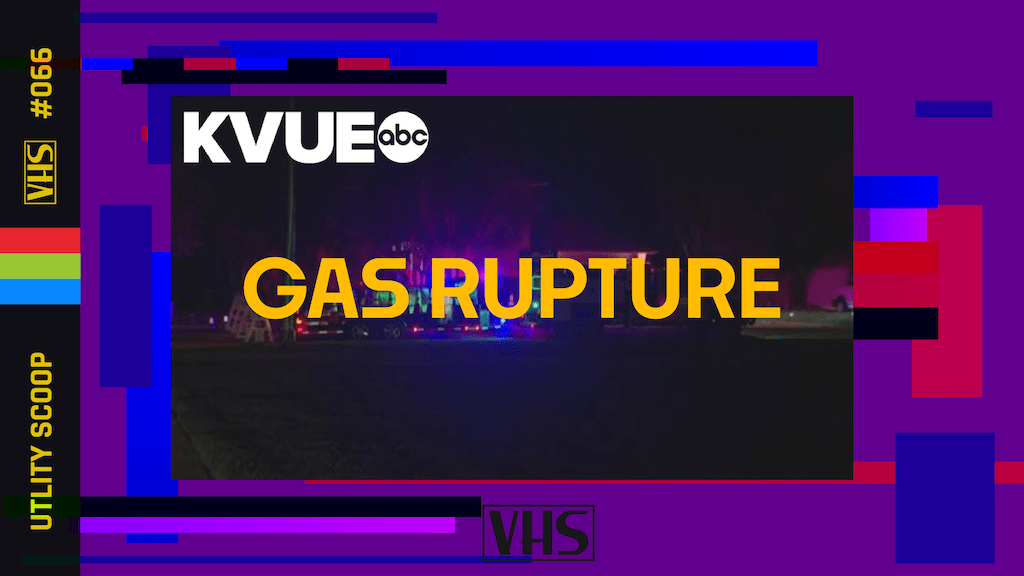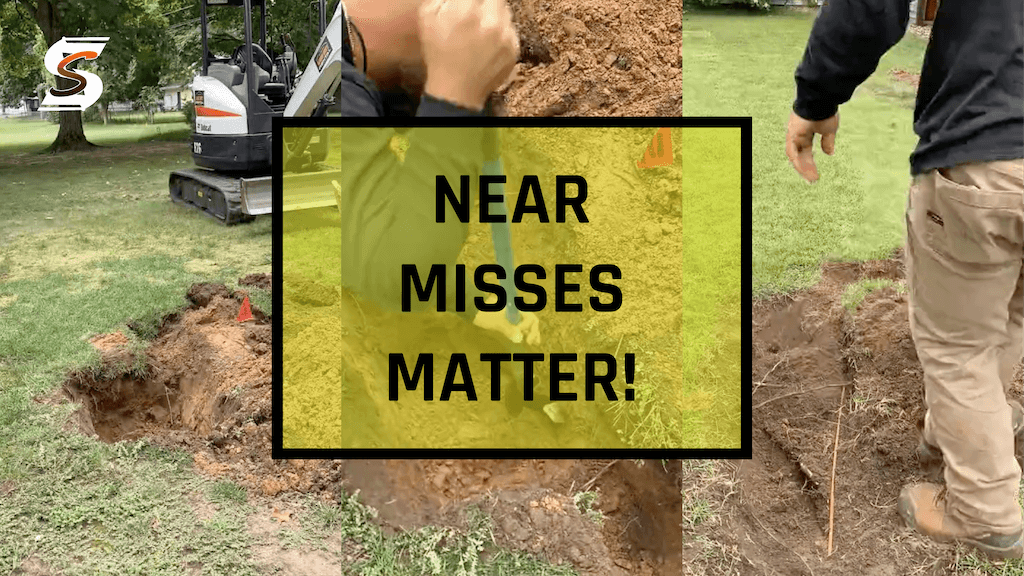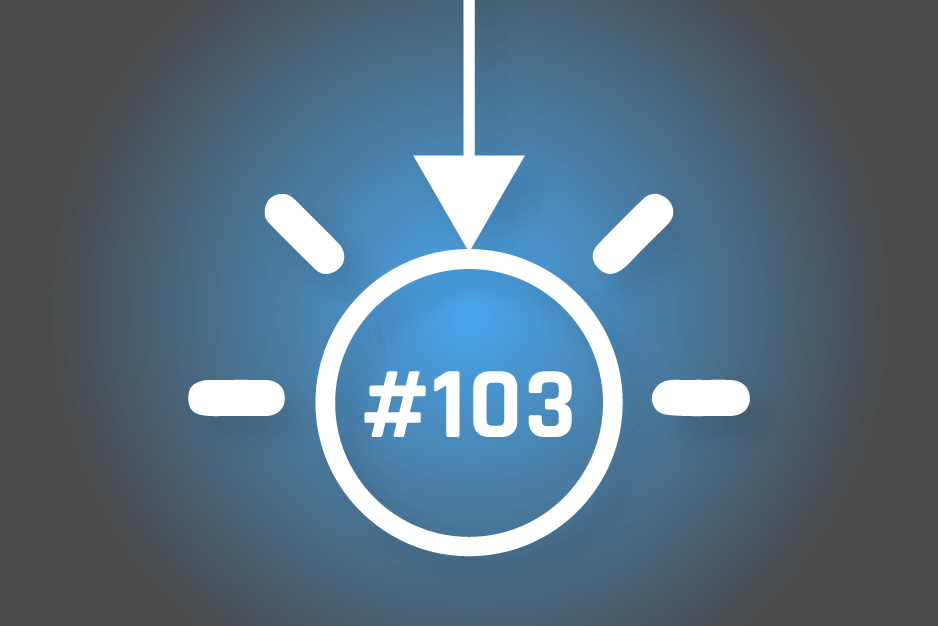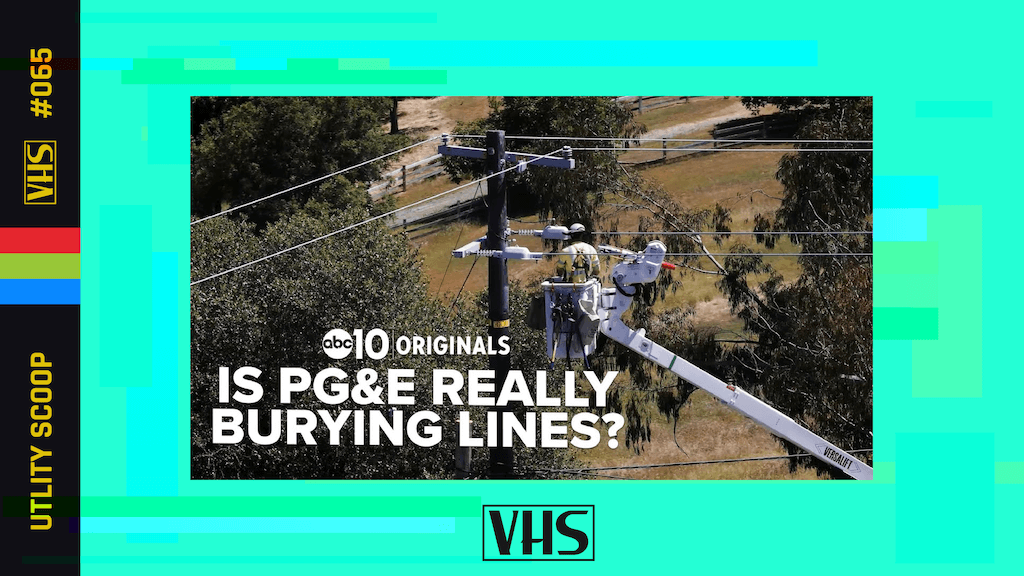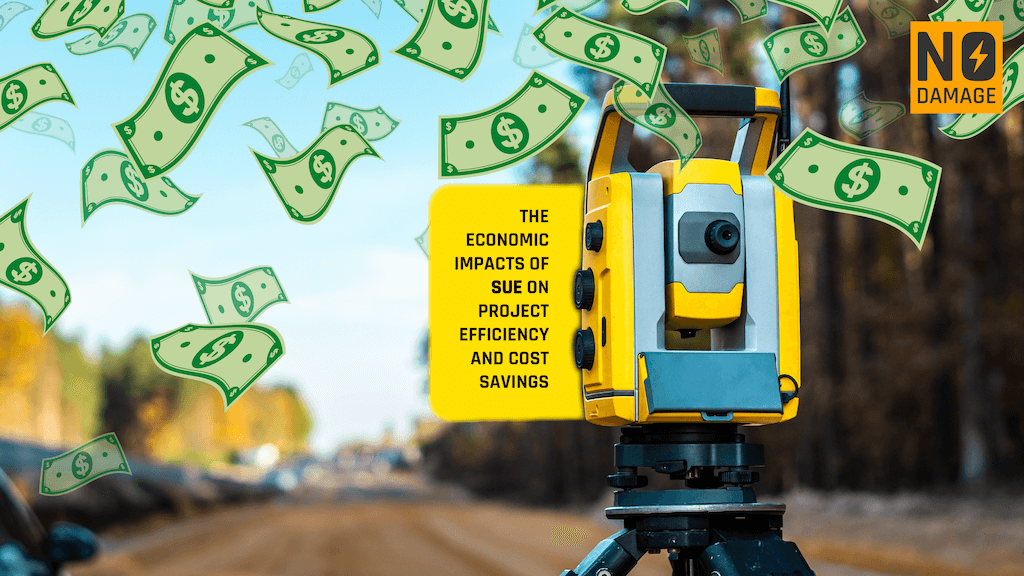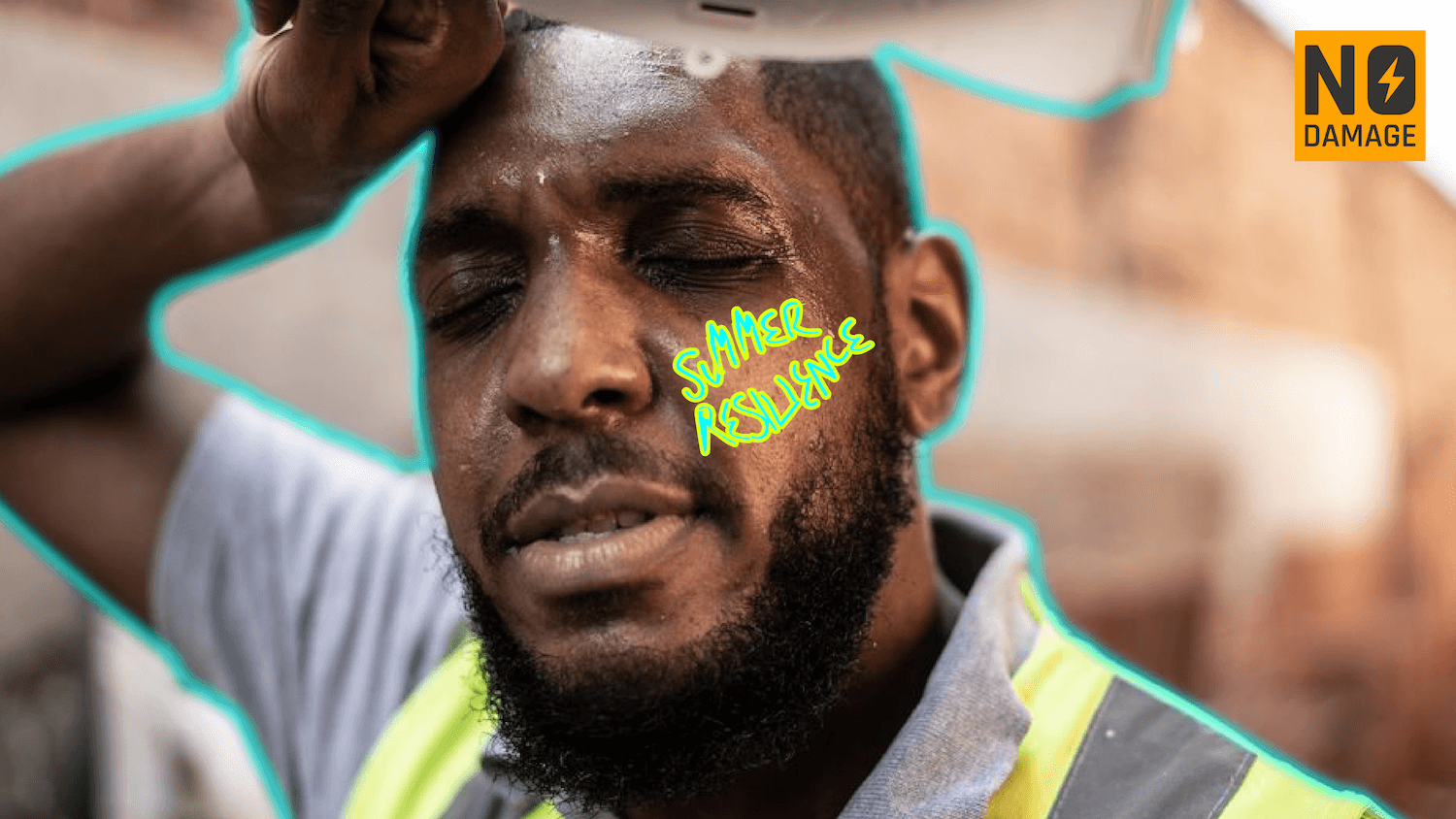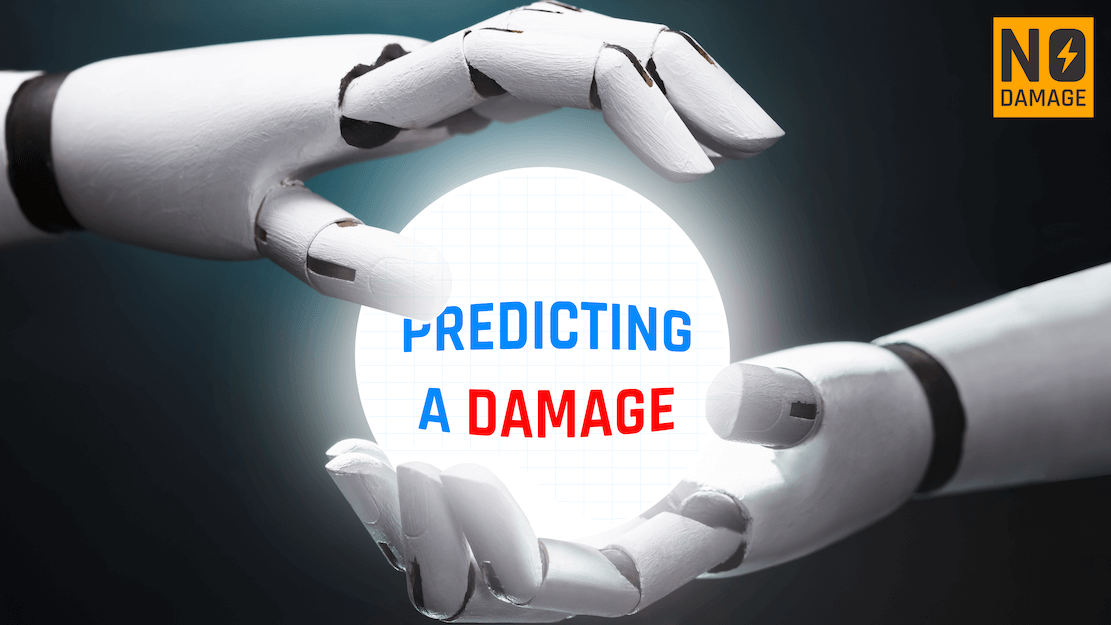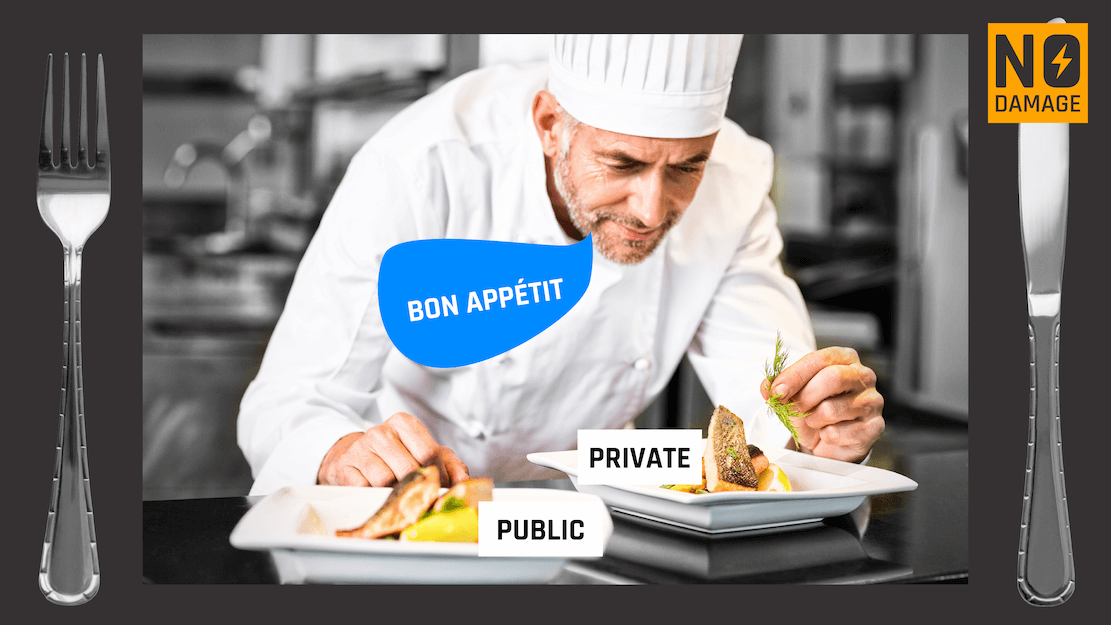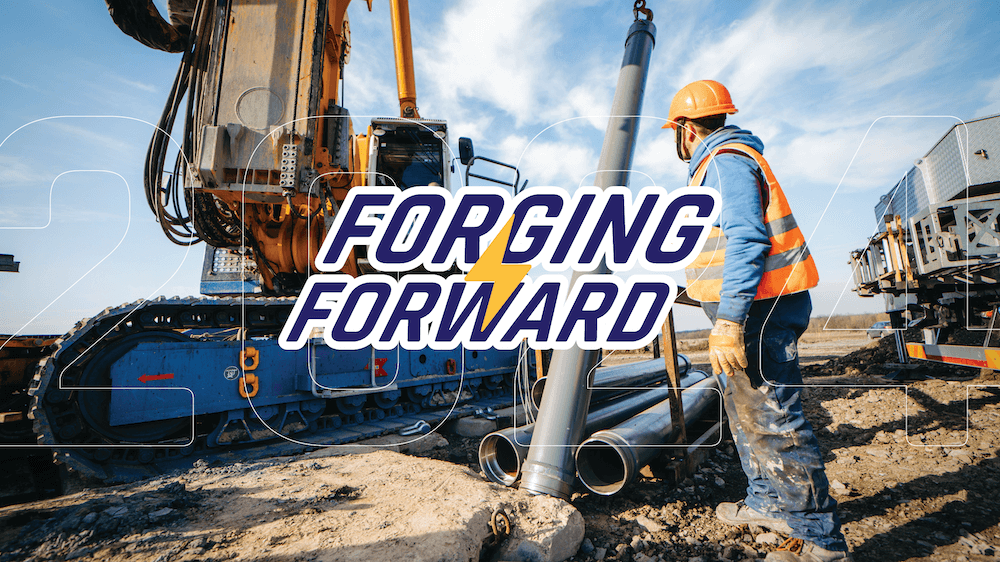
As we step into 2024, we’re once again met with fresh challenges and opportunities in damage prevention. The past year's experiences have illuminated the path toward greater safety, innovation, and collaborative progress within the industry. Building upon the foundations laid and acknowledging the evolving nature of damage prevention, it's time to chart a course for 2024 - a year dedicated to fortifying our commitments, refining our strategies, and collectively shaping a future of robust damage prevention. In this pursuit, let's explore three dynamic resolutions tailored to elevate our approach, cultivate resilience, and steer us toward enhanced efficacy in safeguarding critical infrastructure.
1: CULTIVATING PROACTIVE RISK ASSESSMENT
Let's prioritize a proactive approach to risk assessment in 2024. Beyond merely identifying hazards, let's delve deeper into predictive analysis and preemptive measures. Adopting advanced data analytics, scenario modeling, and trend analysis can empower locators and professionals to foresee potential risks, allowing for strategic interventions before incidents occur. You can do a lot of this through ticket management systems like Utilocate and by pioneering new safety methods within your company. I found this review to be a great resource.
2: ADVANCING COLLABORATION
This year, let's commit to fostering collaboration across various sectors linked to damage prevention. Engaging in cross-industry partnerships, sharing best practices, and exchanging insights with related fields like construction, urban planning, and environmental conservation can yield innovative solutions. Collaborative efforts amplify our collective impact, ensuring a holistic approach toward safeguarding critical infrastructure. Most of this collaboration and communication needs to be aimed at the excavator because they're often left out in the cold. Every CGA meeting I go to is under represented by excavators and so we need to go the extra mile to share info with them whether that's improving deliverables or just picking up the phone and talking to them.
3. PRIORITIZING TRAINING
This year, let's place a heightened emphasis on ongoing, hands-on field training for all professionals involved in damage prevention. Regular training sessions, scenario-based exercises, and practical workshops can significantly enhance on-the-ground expertise. By investing in continuous skill development and practical knowledge, we ensure that locators and professionals remain adept at handling real-time challenges, reducing errors, and promoting greater efficiency in damage prevention efforts. Locator certification is worth looking into for exactly this reason - https://www.planetunderground.tv/american-certified-locator/
CONCLUSION
The proposed resolutions—ranging from proactive risk assessment to cross-sector collaboration and the commitment to continuous field training—embody a multifaceted approach necessary for navigating the complexities of safeguarding critical infrastructure. Embracing these resolutions isn't merely a commitment for the year; it's a pledge to forge a lasting legacy of safety, innovation, and unity within the damage prevention sphere.
The challenges ahead may be diverse and demanding, yet armed with a collective determination to evolve, adapt, and collaborate, the industry is poised for a transformative year. It's through the combined efforts of dedicated professionals, industry leaders, and collaborative partnerships that we will carve a path toward a future where damages are minimized, safety is paramount, and innovation thrives.
Let's continue shaping a world where critical infrastructure stands fortified against preventable damages, creating a lasting impact for generations to come.
Here's to a year of progress, innovation, and fortified resilience in our shared journey toward a world of NoDamages.
Share this Post

